Cheat Sheet For Beginner Bloggers: Lists & Guides (Part I)
Raise your hand if you’ve ever had to write a blog post and ended up staring at a blank document for way too long, trying to. Is there a quick way around this? Asking for a friend, of course…
And even if you’ve managed to break through writer’s block, perhaps your content is starting to all look the same. Changing up formats and presenting your information differently will go a long way to ensuring your blog is engaging and presents well to your audience.
Keeping your audience in mind is key, after all, and any savvy marketer knows that blogs are fantastic for increasing market share, consumer engagement, ROI and revenue growth. You wouldn’t even have to look at the abundance of data-driven evidence to support this, it’s pretty evident from the fact in itself that there are 600 million active blogs in 2020.
Businesses that blog weekly are receiving more traffic than those who aren’t, but even so, there are over 4 million blog posts being posted per day. So, if you are posting to your blog once a fortnight, you might want to reconsider your blogging strategy.
It’s hard to deny that something about blogging works – and we’ll get into those mechanics another day. But just know that by optimizing your blog’s content, site architecture and HTML code, you will boost your website’s SEO quality by indexing it higher up in the elusive rankings.
Okay, back to the blank document and blinking cursor. Ideas online are plentiful but searching for them can lead you down a rabbit hole. So, we’ve compiled a cheat sheet of 7 proven formats for writing a high quality blog post that drives traffic to your site.
Lists and Guides are great starting points for creating clickable content consistently (how’s that for alliteration at its finest?), but we’ll be bringing you even more cheat sheets for blogging formats, just like this one, as part of a 3-part series. In Part II, we’ll cover Storytelling, and finish off the series with Hacks & Tips in Part III.
LISTS
What you’re reading right now is a list-style blog. “Listicles”, as they are known, are a curated list of easy-to-read points, with a bit of explanation and an example. Lists are extremely popular content for consumption and have potential to go viral. The benefit of a list is that they are scannable, so your reader is able to quickly find what they need or skip over points they’re already familiar with.
In order for your readers to know what to expect, lists are numbered so it’s a good idea to include the number of items in the title of your blog. Just make sure to switch it up and place the number in different place, so that when scrolling through your blog that all of your articles don’t start with a number, like this:
- 8 Ways for Affiliate Marketers to Find Warm Leads
- 5 Tips to Avoid Problems with Your Merchant Account
- 6 Affordable Hosting Providers for Digital Marketers
You’ll definitely want to avoid this.
Listicles are often trending on popular blogging sites (BuzzFeed, Popsugar, Upworthy, BoredPanda etc.), so just search around on them for some inspiration. Here’s one on BuzzFeed with over 100,000 views in 24 hours:
HOW-TO GUIDES & TUTORIALS
“Google it” is a common phrase in everyday life. There are billions, literally billions, of searches online per day. People don’t have to look very far for access to freely available information that they require in any given scenario. You never know what somebody might look up online, so it’s always worth it to publish any kind of tutorial or step-by-step guide.
Because chances are – no matter how seemingly unique or specific – there’s somebody out there who is wanting to do exactly what you already know how (or how not) to do. Even if you’re not a subject matter expert, although you should highlight if you are, you are qualified to provide value based on your personal experiences and successes.
You should research exactly how to write a quality “how-to” guide, or hire someone to do it for you, so that your niche market can find you. In this format, you’re also up against strong competition from video content (e.g. YouTube tutorials) so you’ll want to make it as valuable as possible and even link other media. Here are some basic tips:
- Create long-form guides
- Include many visuals (image and/or video)
- Support your claims with data
- Insert links
- Pay attention to layout
CURATING CONTROVERSIAL TOPICS
If you’ve ever seeked advice for blogging, you’ve likely heard “be controversial.” It’s a bit like walking on a tightrope, though. You may very well grab and hold attention, and then successfully pull it off. But it doesn’t take very much for you to land flat on your face either. While some would argue that there’s no such thing as bad publicity as long as you’re creating a buzz of some kind, you might not feel brave enough to risk alienating customers if you’re a small business owner.
So, rather than writing a controversial blog post, you can write about a controversial topic – balancing both sides of the argument and summarizing relevant information to provide readers with an up-to-date overview.
This allows you to include all the keywords and tap into organic traffic, without directly causing a controversial stir. Remember, and be warned, that posting any sort of opinion is opening yourself up to comments from people who do not know you or your intentions. And that’s just generally speaking, so first consider how well you would receive negative comments or criticism from a potentially polarizing topic, and whether or not that’s something you could handle en masse.
101 BEGINNER’S GUIDES
There’s always going to be a need for beginner-level introductions to complete novices, who do not have any prior experience or knowledge on the matter. It’s important for these guides to be incredibly accessible and non-intimidating, to really be successful in encouraging learners to pursue an unknown field.
The good news is, you don’t have to be an expert yourself to write for this audience. In fact, that will probably be to your advantage as they will better relate to you! So, in terms of writing guides, this is perhaps a more forgiving place to start and get published quick.
Write with empathy front of mind and make optimal use of visuals, and just always think about what you could’ve stood to benefit from knowing at that particular stage. This is a great opportunity to look for a gap in the market and put some thought into going beyond the generic guides already available, by finding a fresh angle or pain point that perhaps hasn’t been covered as extensively.
The universally recognized “For Dummies” series comes to mind as a good example of this, as one the most successful reference series simply because of the beginner-friendly materials. As Albert Einstein apparently said, “If you can’t explain it simply, you don’t understand it well enough.”
ULTIMATE GUIDES
On the flip side of Beginner’s Guides, there are some readers who are specifically looking for in-depth, credible information from subject matter experts. The level of expertise of this audience means that you are able to deliver high-level content to your niche through keyword-rich and SEO optimized guides.
This is where you can simultaneously establish yourself as an industry leader amongst your peers and build an online presence. The downside is that this will be a time consuming feat, but it is something that you really do want to spend time on before publishing.
To best show off, though, you should really back up your information with reputable sources and statistics. Again, you’ll want to show competency and mastery in your research methodology. Plagiarism is a no-go, so always give proper credit to your sources. And, imperatively, make sure that your ultimate guide is a true ultimate guide instead of just flicking the word “ultimate” in your title.
TOOLS & RESOURCES
Similar to the ultimate guide, this will also require time spent on some research and careful selection of information to provide high-quality value to your readers. It’s a time consuming process to vet each of these tools or usefulness of the resources, but that’s what makes it such shareable content. And don’t take it lightly, it is crucial for you to actually investigate everything that you are recommending – especially because you don’t want to seem out of touch with your audience.
But because there are so many elements to this, ensure that there’s always something impressionable to be found in your roundup list along with actionable tips. To make this easier, go in-depth and be super specific when selecting your chosen topic for your niche market.
It’s not necessary to write a list of 101 tools and resources, as chances are your reader won’t be using all of them. Create a more personalized list that you know will benefit your audience and leave them with a better understanding of how they stand to benefit from using those tools too. And don’t be self-promotional, only suggest one of your products or services in the blog – if relevant.
CHECKLISTS
Is there anything more satisfying than checking off an item on a list? Checklists help us to break down processes into small steps, making it much easier to approach the task at hand. They also prevent you from overlooking steps, thereby ensuring that you spend less time fixing mistakes after the fact. All in all, they’re just going to spare you from a massive headache down the road.
Those who love checklists really love them – which is great news for you because if you create it, they will find it! Well, if you optimize for SEO, that is. But by putting together a good checklist, you’ll reach a lot of search queries and win over your readership with valuable content.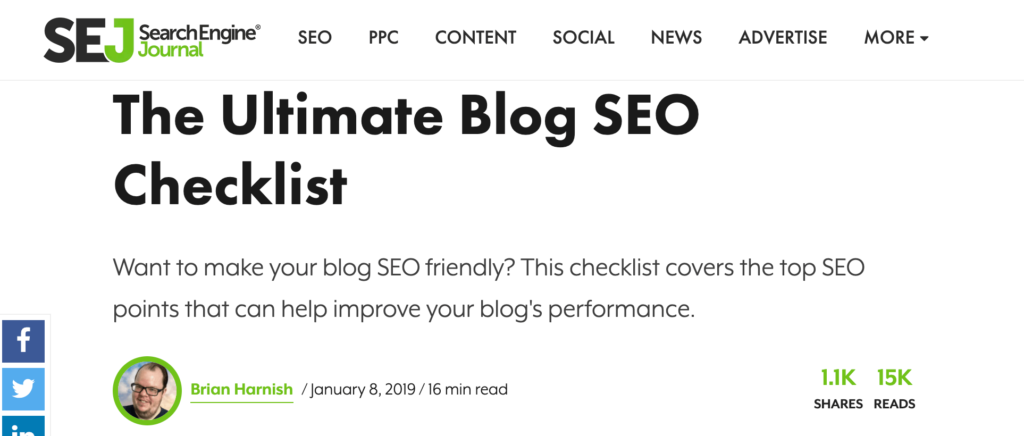
All seven of these formats are easy enough for any blogger to follow, given some time, so you don’t have to hire a professional writer to create coveted clickable content consistently (okay, fine, now we’re just showing off). So, just keep your audience in mind and always think about how you can present your content to best serve them.
A final tip is to work the type of blog into the title to capture attention and utilize keywords for SEO – just like this one does: “Cheat Sheet For Blogging Formats (Pt I).” The title indicates to the reader that they can expect a) a cheat sheet for bloggers and b) this is the first part and presumably more are to come. And, most importantly, once the reader (you) clicks to read, your expectations are met with a list of 7 blogging format ideas along with real-life examples. And there’s more to come in Part II, so screenshot the cheat sheet summary below and keep an eye out for the next one.
7 Ideas For Clickable Blog Posts:
LISTS
- How-To Guides & Tutorials
- Curating Controversial Topics
- 101 Beginning Guides
- Ultimate Guides
- Tools & Resources
- Checklists


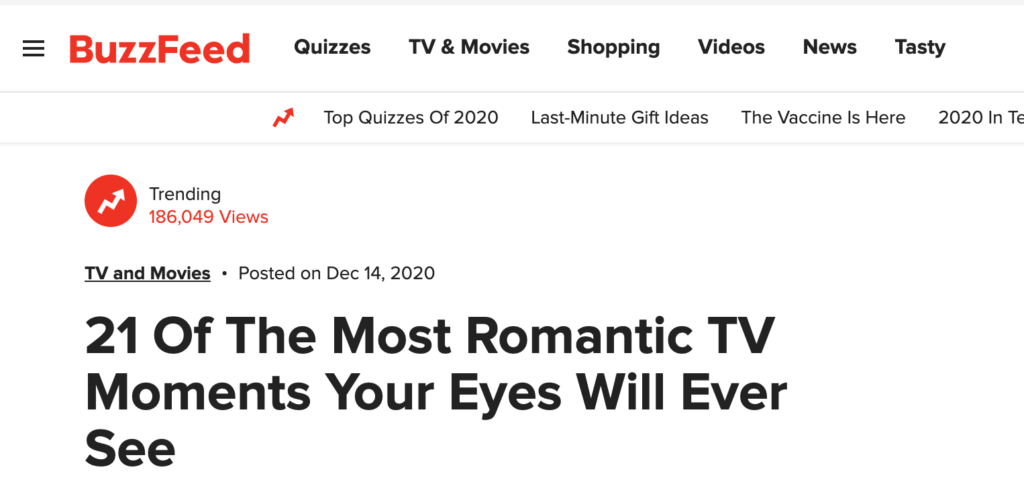

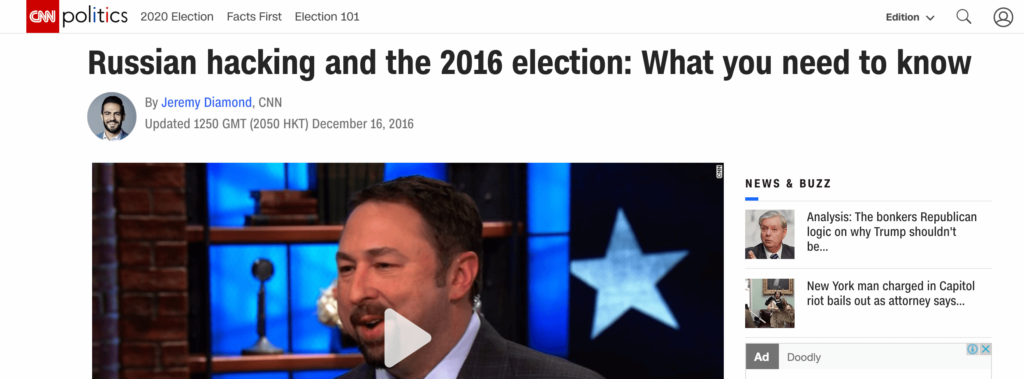
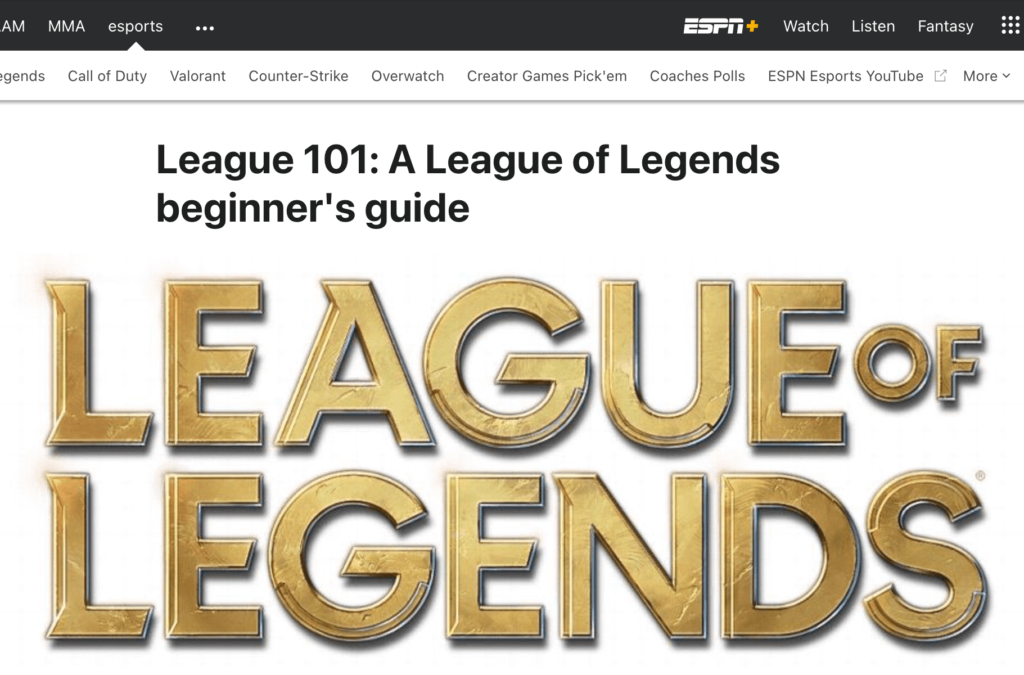


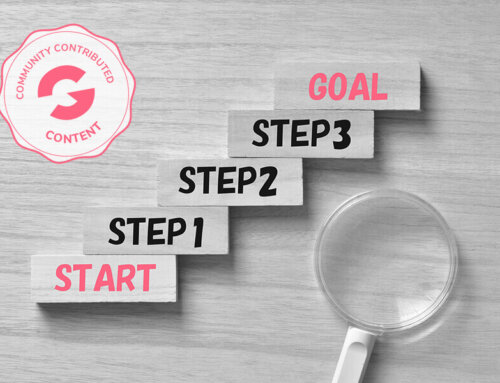
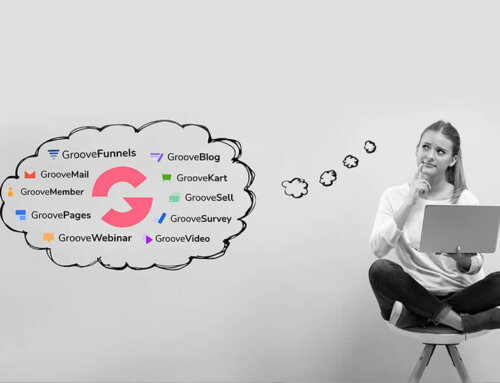

Leave A Comment